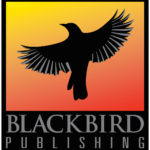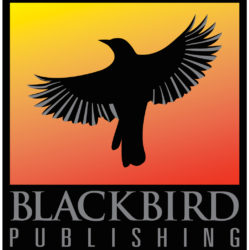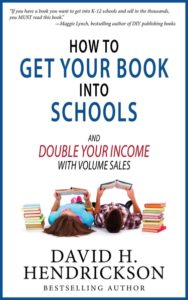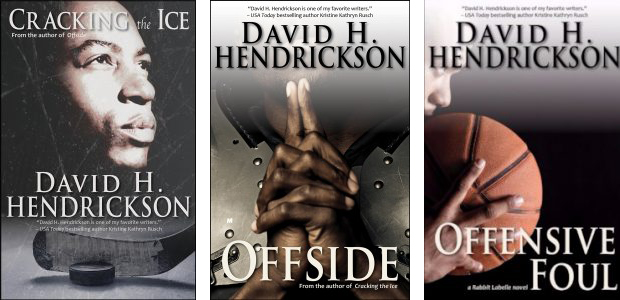Meet Dave!
David H. Hendrickson has published well over one thousand works of nonfiction ranging from sports journalism to humor and essays. How to Get Your Book into Schools is his first book for writers.
How to Get Your Book into Schools
David H. Hendrickson leads you through every step of the process of getting your book into schools. He highlights the critical pitfalls to avoid, and points out ways to maximize your profit when a school adopts your book.
Dave has first-hand experience; his novel Offside, a coming-of-age tale of a young country boy from Maine who must adapt to a new life in the city, was adopted as required reading for its entire student body and staff by Lynn English High School, in Lynn, Massachusetts.
How to Get Your Book Into Schools is available in both ebook and print.
The Interview
What does it mean to “get a book into schools?’
There are two ways. First, your book can be one of many titles selected for a Required Reading list, then students pick the books that appeal to them. If your book is one of, say, twenty titles, and students only need to pick one or two, this will be a nice addition to your usual sales, but it won’t be a bonanza.
Alternatively, a school can choose your book for an “all-school read.” This is a very big deal, and there are ways to help make this happen, such as working with the school so the total cost fits their budget or grant.
Which of your books have you gotten into schools, and what sort of results have you seen from them?
I consider Young Adult to be the “sweet spot” for most schools. I’ve published three YA titles, but one is a sequel, so I’ve focused on the other two, Offside and Cracking the Ice.
Offside was adopted by Lynn English High School for an all-school read, which meant the school bought 1750 copies, and over the course of a summer, every student, teacher, and administrator read the book.
Since then, I’ve adopted a marketing campaign to duplicate that success, either with Offside or Cracking the Ice, and both books are now under consideration for use by several high schools.
Are there different techniques for getting your book into different types of schools? How about different grade levels?
In How to Get Your Book Into Schools, I point you to lists of public and private high schools, as well as those for middle grades, so you don’t have to spend hour after hour of researching that information.
Once you’ve selected the schools to target, most of the techniques are the same, but there are differences. For example, faith-based titles will appeal to faith-based private schools, but likely not others. Also, many private schools end their year earlier than public schools, so that has to be factored in.
Do schools tend to prefer different formats (ebook, paperback, hardcover)?
I haven’t seen interest in ebooks yet, but I expect that to change over time, especially in the more expensive private schools where all students may be required to own an e-reader.
For now, though, my focus has been on trade paperbacks, since the economics of hardcovers forces a list price of about twice that of paperback. For an all-school read or a student picking titles off a Required Reading list, that extra cost is prohibitive. On the other hand, if the book is going to become part of the curriculum, used semester after semester, then hardcovers are worth the cost. As a result, I’m now investing in the extra design and layout cost of adding the hardcover option.
What’s the most important lesson you learned that helped you achieve the success you’ve had with schools?
Be aware. Be aware of the opportunities available to you, and of problems as they arise so you can quickly address them. Be aware of hidden costs and the deadlines you need to hit.
And especially, be aware of cash flow. There are ways to address the problem, but if your book is adopted for an all-school read, you will almost certainly pay CreateSpace or IngramSpark up front for the printing, and then have to wait for the school to pay off its Purchase Order months later.
What did you enjoy most out of getting your novel Offside accepted by a high school?
I spoke at the school following the summer in which students read the book, and they treated me like a rock star. Other than family events, it was the greatest day of my life.
The applause was thunderous. A group of boys chanted the name of the book. After the talk, I signed hundreds of books, Post-It notes, journals, backpacks, and over a dozen—I kid you not—outstretched arms.
I’ll never forget that day.
What story (or stories) are you working on now, and what’s fun about what you’re writing?
I’ll be spending the rest of January on short stories, trying to sell to four anthologies based on an assigned theme. After that, it’s back to writing the third, and final, book in the “Rabbit Labelle” series. (Offside was the first, and Offensive Foul the second, but both stand nicely on their own.)
I love the characters from that series and enjoy the surprises they’ve had for me. Rabbit, his mother, and Anna will always have a special place in my heart. I hope everyone who has read the books feels the same way.
…
David H. Hendrickson’s first novel, Cracking the Ice, was praised by Booklist as “a gripping account of a courageous young man rising above evil.” He has since published five additional novels, including Offside, which has been adopted for high school student required reading, and its sequel, Offensive Foul.
His short fiction has appeared in Ellery Queen’s Mystery Magazine and numerous anthologies, including multiple issues of Fiction Fiver.
Hendrickson has published over fifteen hundred works of nonfiction. He has been honored with the Joe Concannon Hockey East Media Award and the Murray Kramer Scarlet Quill Award.

Sign up for the Blackbird Publishing newsletter!


